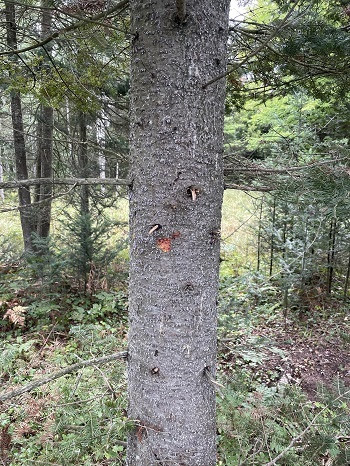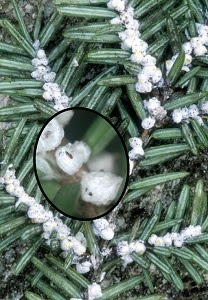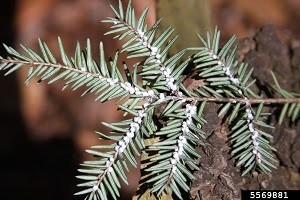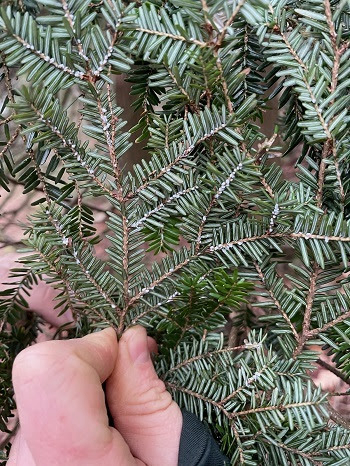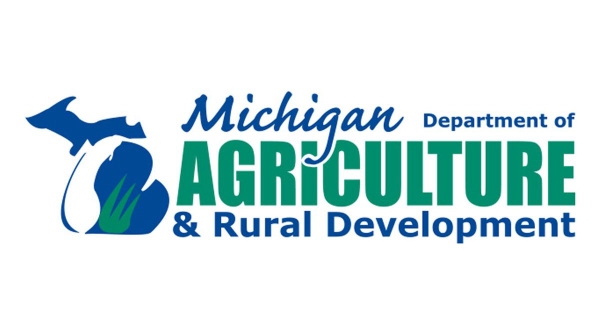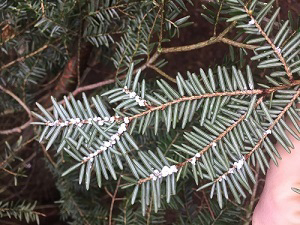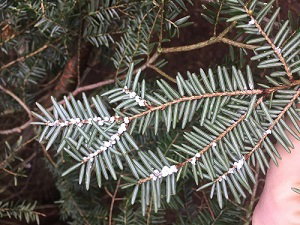MDARD Implements Interior Quarantine in Missaukee County for Balsam Woolly Adelgid
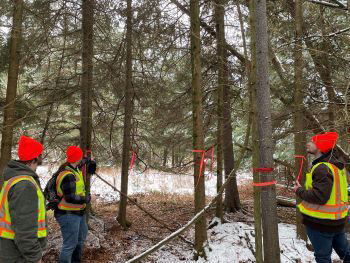  |
Goal is to help limit the spread of this invasive insect
Effective September 16, 2024, the Michigan Department of Agriculture and Rural Development (MDARD) is enacting an interior quarantine for balsam woolly adelgid (BWA) in Missaukee County. With this quarantine, MDARD is aiming to slow the spread of the invasive pest while minimizing disruption to the state’s nursery and timber industries.
The infestation in Missaukee County was first detected by a private forester in September 2023. Since the population was confirmed, MDARD, in partnership with the Northwest Michigan Invasive Species Network, North County Cooperative Invasive Species Management Area, the Michigan Department of Natural Resources, and the U.S. Forest Service have worked together to survey the surrounding area and determine the extent of the infestation.
“The decision to enact this quarantine comes after extensive survey of the area and receiving constructive feedback during a public comment period to ensure the measures address both the pest threat and the needs of stakeholders,” said Steve Carlson, MDARD’s Pesticide and Plant Pest Management Division Director. “By focusing on these targeted restrictions, MDARD is committed to balancing the needs of the timber industry and Christmas tree growers with the necessity of safeguarding Michigan’s valuable natural resources.”
The key takeaway of the interior quarantine is the movement of Abies spp. from the quarantined area to anywhere within or outside of the area is prohibited, unless exempt or under a written compliance agreement with MDARD. Details can be found within the quarantine document linked below or by contacting MDARD-NurseryCE@Michigan.gov.
All true fir (Abies spp.) nursery stock originating outside of the State of Michigan must meet the requirements of the Michigan BWA Exterior Quarantine which was enacted in 2014.
BWA is a tiny, sap-feeding insect that attacks true fir trees, including balsam, Fraser and concolor (white) fir. Symptoms of balsam woolly adelgid infestation include:
- Small (1-2 mm) white woolly tufts on the bark on the lower trunks of trees and possibly on the bark of large branches in the spring and summer.
- Swelling and distortion of twigs, commonly called “gout.”
- Flagging – Needles on a branch or branches that turn brick-red and die.
- Tree crowns that become narrow and transparent with fewer needles than usual. Shoots at the tops of trees may be flat or misshapen.
“We are urging everyone to do their part in preventing the spread of this invasive species and others like it,” added Carlson. “Although the pest cannot travel far on its own, movement may happen inadvertently on transported nursery stock, yard waste, and even firewood.”
“We know this little insect is killing fir trees in other states where it is established,” said Deb McCullough, the Forest Entomology professor at Michigan State University. “We need to limit its spread and protect the fir resource in Michigan forests, along with fir Christmas tree production.”
If Michiganders suspect this invasive pest is damaging fir trees, they should take photos, note the location, and report it to the Midwest Invasive Species Information Network or MDARD at MDAInfo@Michigan.gov or call 800-292-3939. For more information on balsam woolly adelgid and other invasive species in Michigan, visit Michigan.gov/Invasives or Balsam Woolly Adelgid in Michigan (MSU.edu).

